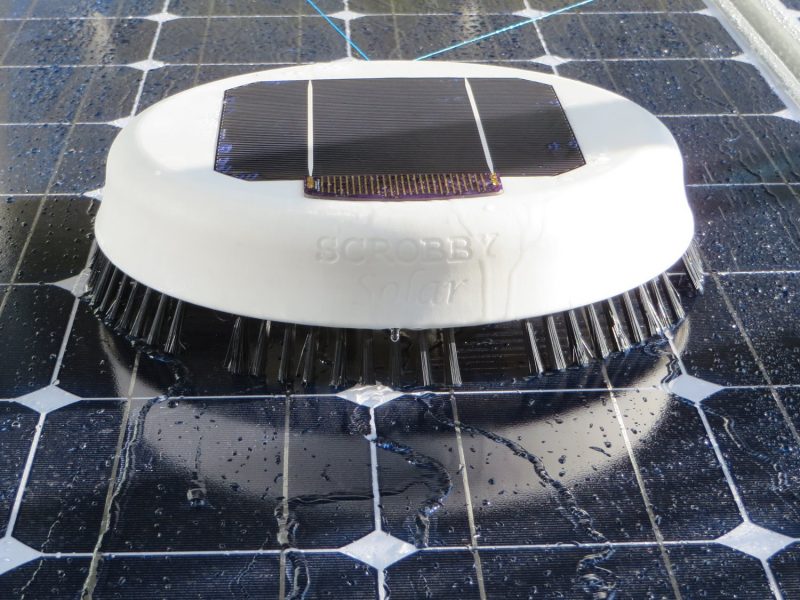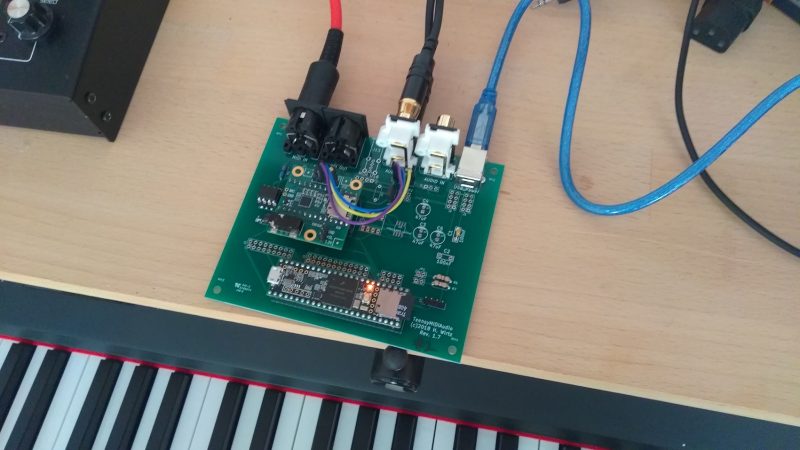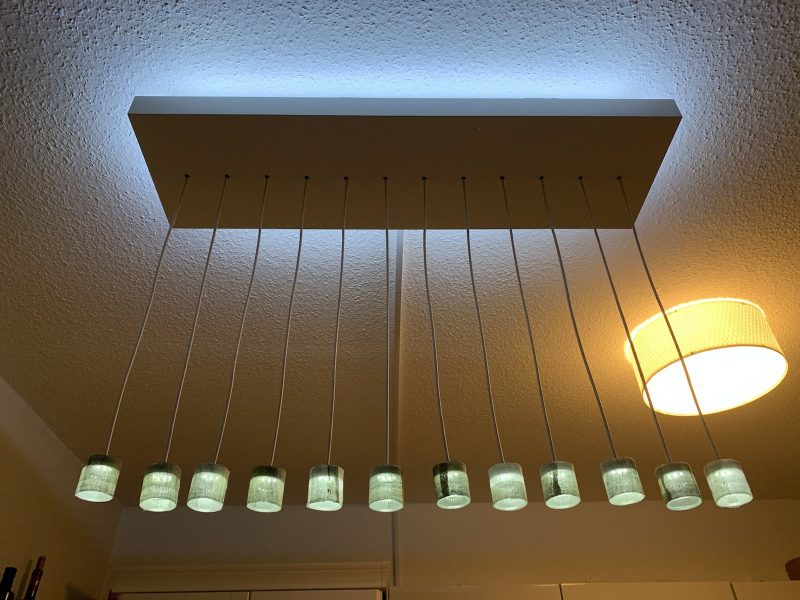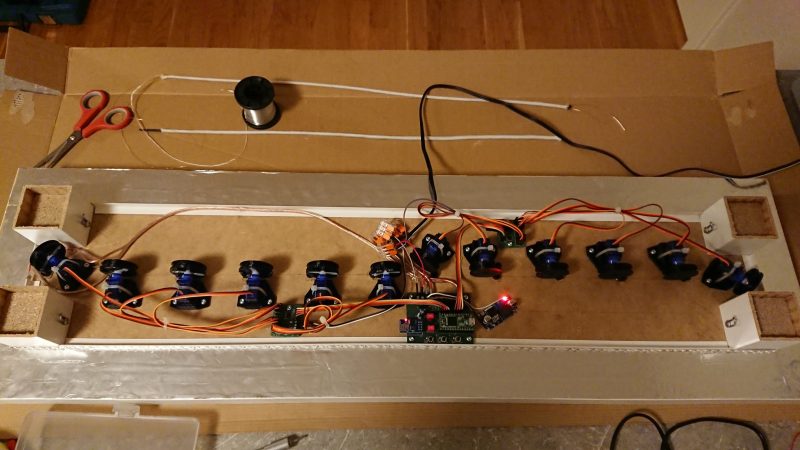Stefan Hamminga has made Scrobby, a robot designed for cleaning solar panels autonomously.

Scrobby was built by Stefan Hamminga using a Teensy 3, a Bluetooth LE module, six ultrasonic sensors and two internal motor driven spools. It is powered by its own solar panel. When Scrobby’s sensors detect rain, it moves across the solar panel surface, scrubbing it clean. When rain stops falling, Scrobby goes back to a special resting platform, meaning that the body of the robot doesn’t block any valuable sunlight. You can find build logs and explanations of Hamminga’s mechanical design decisions over on Scrobby’s Hackaday.io project page.


